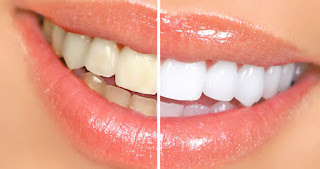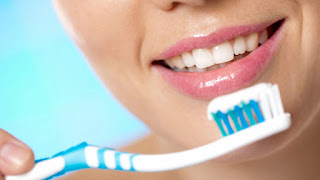Bleaching And Whitening Agents

Dental bleaching also known as tooth whitening , is a common procedure in general dentistry but especially in the field of cosmetic dentistry. A child's deciduous teeth are generally whiter than the adult teeth. As a person ages the adult teeth often become darker due to changes in the mineral structure of the tooth, as the enamel becomes less porous. Teeth can also become stained by bacterial pigments, foodstuffs and tobacco. Certain antibiotic medications (like tetracycline) can also lead to teeth stains or a reduction in the brilliance of the enamel. There are two methods to whiten teeth-bleaching gel and laser bleaching. Traditionally, at-home whitening is done with bleaching gel which is applied to the teeth using thin guard trays. Oxidizing agents such as hydrogen peroxide or carbamide are utilised to lighten the shade of the tooth. The oxidizing agents oxidize the porosities in the rod-like crystal structure of interprismatic stain deposits; over a period of time, th

